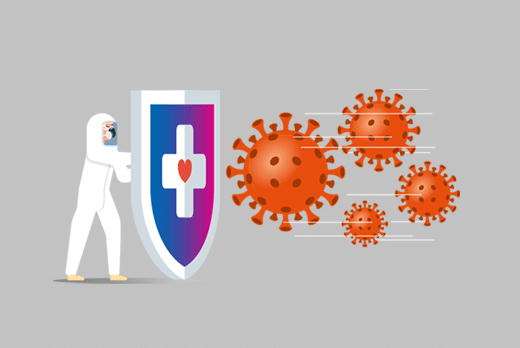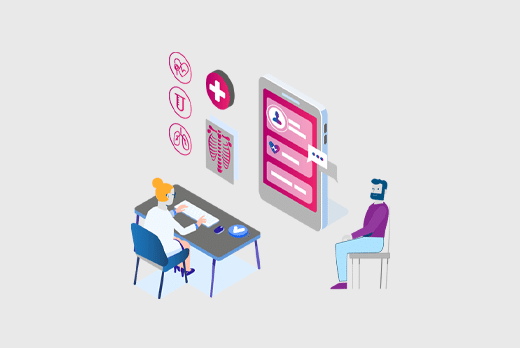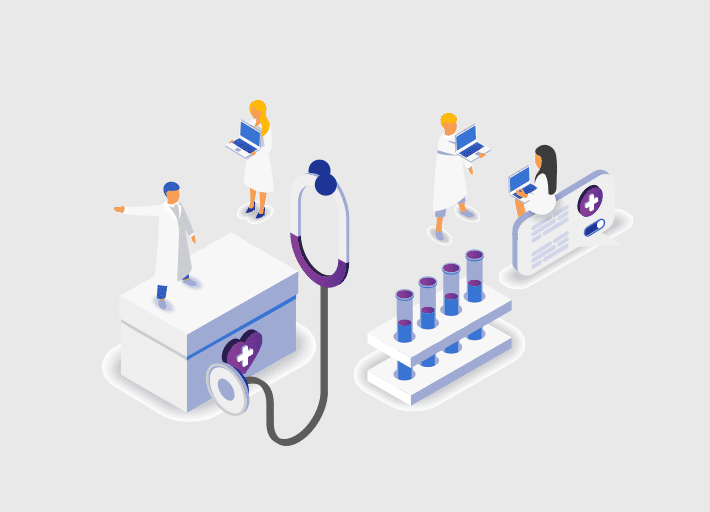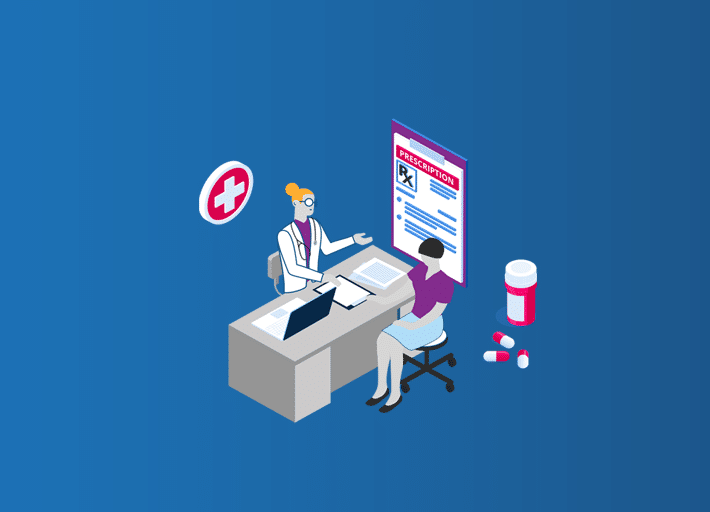
5 Ways to Leverage Technology as a Rapid Response to COVID-19
By Rick Halton, VP Product & Marketing, Lumeon With the unprecedented growth in patients diagnosed with COVID-19, caused by the coronavirus 2 (SARS-CoV-2) [1], health systems are rapidly being overwhelmed. At the end of 2019 80,000 cases had been reported in China. We are now seeing this trend repeat itself in the western hemisphere. In Italy […]








